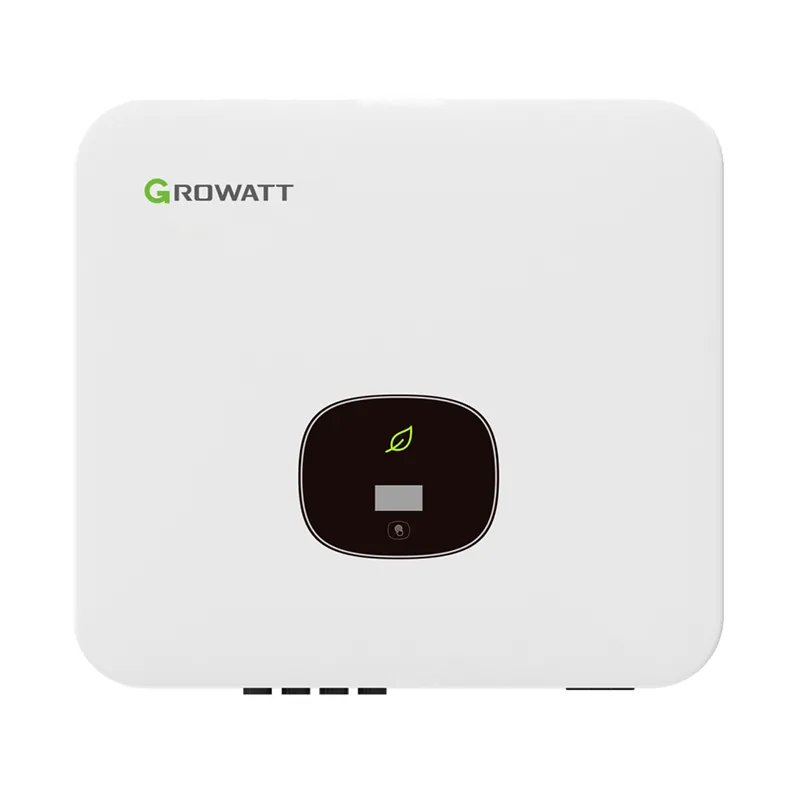High-Performance Solar Inverter Design Solutions | Optimize Your Solar Energy System
Understanding Solar Inverter Design Key Components and Considerations
Solar inverters play a crucial role in photovoltaic (PV) systems, converting the direct current (DC) produced by solar panels into alternating current (AC) that can be used by home appliances or fed back into the power grid. The design of solar inverters is a complex process that involves various components, technologies, and considerations to maximize efficiency, reliability, and longevity.
Key Components of Solar Inverters
1. Power Conversion Stage This is the heart of the solar inverter, where DC is converted to AC. The most common method utilizes a series of semiconductor devices, such as transistors or diodes, to switch the DC signal on and off, creating an alternating waveform. The design of this stage significantly influences the inverter's efficiency.
2. Control System The inverter comes equipped with a control system that manages the power conversion process. This includes maximum power point tracking (MPPT), which optimizes the energy harvested from solar panels by adjusting the inverter’s operation according to changing sunlight conditions.
3. Cooling Mechanism Efficient thermal management is essential for inverters, as excessive heat can reduce performance and lifespan. Many designs incorporate passive cooling systems, such as heat sinks, while others may use active cooling methods like fans or liquid cooling, especially in larger, commercial-scale installations.
4. Protection Features Solar inverters need robust protection features to safeguard against electrical faults. These include over-voltage protection, short-circuit protection, and anti-islanding features that ensure the inverter shuts down safely during grid failures.
5. User Interface An intuitive user interface allows for easy monitoring and configuration of the solar inverter. Modern inverters may include Wi-Fi or Bluetooth connectivity, enabling users to access real-time data regarding PV system performance through smartphone applications or web portals.
Design Considerations
solar inverter design

When designing solar inverters, several factors are crucial
1. Efficiency Inverter efficiency is paramount, as losses during conversion can significantly impact the overall energy yield of the solar system. Designers strive for efficiencies above 95%, with advancements in technology allowing for performance improvements over time.
2. Size and Weight The physical size and weight of inverters affect installation complexity and system design. Compact, lightweight models are often preferred, particularly for residential installations where space may be limited.
3. Harmonic Distortion High levels of harmonic distortion can lead to inefficiencies and damage to electrical equipment. Engineers aim to design inverters that minimize harmonic generation, ensuring cleaner electricity output.
4. Certifications and Standards Compliance with local and international standards, such as UL, CE, or IEEE, is essential for ensuring safety and reliability. These certifications also foster consumer confidence and market acceptance.
5. Cost-Effectiveness As the solar industry matures, the need for cost-effective solutions becomes increasingly important. Designers must balance performance with affordability, using materials and manufacturing processes that enhance longevity and reduce overall costs.
Conclusion
The design of solar inverters is integral to the functionality and efficiency of solar power systems. As technology continues to evolve, the emphasis on improved performance, reliability, and cost-effectiveness will drive innovations in inverter design, ultimately contributing to the wider adoption of renewable energy solutions worldwide.
-
Unlocking Energy Freedom with the Off Grid Solar InverterNewsJun.06,2025
-
Unlock More Solar Power with a High-Efficiency Bifacial Solar PanelNewsJun.06,2025
-
Power Your Future with High-Efficiency Monocrystalline Solar PanelsNewsJun.06,2025
-
Next-Gen Solar Power Starts with Micro Solar InvertersNewsJun.06,2025
-
Harnessing Peak Efficiency with the On Grid Solar InverterNewsJun.06,2025
-
Discover Unmatched Efficiency with the Latest String Solar InverterNewsJun.06,2025







